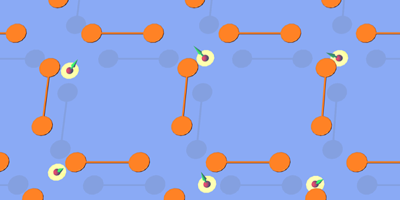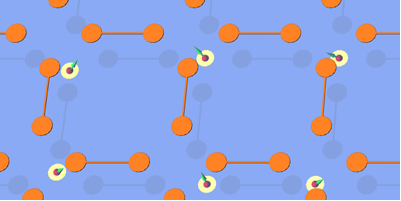Floating Gates
The spin of an electron can act as a qubit—the on/off switch that is the building block of a quantum computer. In 1998, in a paper in Physical Review A, Daniel Loss and David DiVincenzo presented a scenario for implementing spin qubits in semiconductor quantum dots. Considerable experimental progress has since been made, evidenced in particular by longer decoherence times—the time after which the spin’s phase irreversibly changes—that are now around microseconds, an improvement of orders of magnitude.
One barrier to building a scalable quantum computer remains: how to accommodate enough qubits in an arrangement without overrunning it with wires and metallic gates. In a paper in Physical Review X, Luka Trifunovic at the University of Basel, Switzerland, and his coauthors propose a setup that would use a two-dimensional array of quantum dots to address this challenge by spacing dots far enough apart to provide sufficient gaps for wirings and gates, while bridging the distance with a mechanism to enable long-range interdot tunnel coupling of sufficient strength.
Central to the proposal is an ingenious architecture that would connect dots in a two-dimensional electron gas with floating metallic gates (classical objects), leading to a robust entanglement (a quantum phenomenon) between spin qubits that are some distance apart. The authors claim that the technology to build this configuration, a seemingly substantive step towards a full-scale quantum computer, already exists. – Sami Mitra





